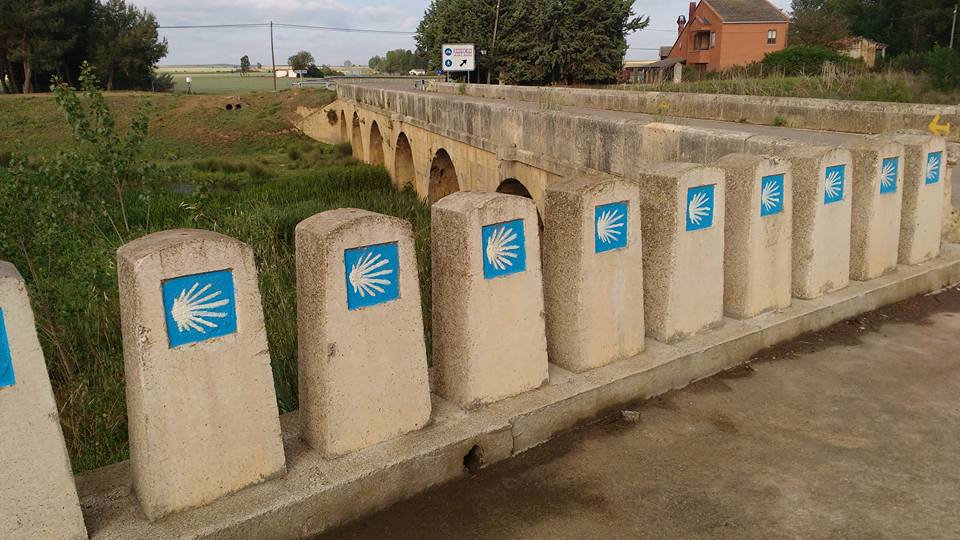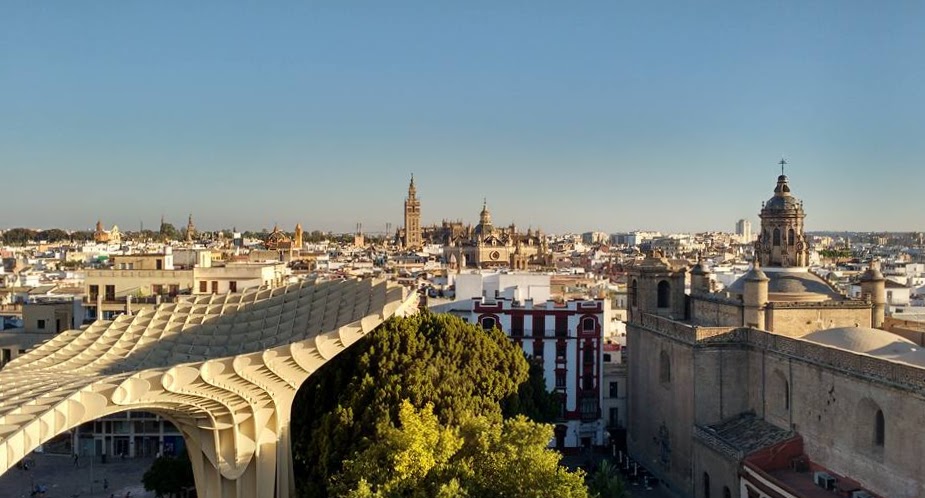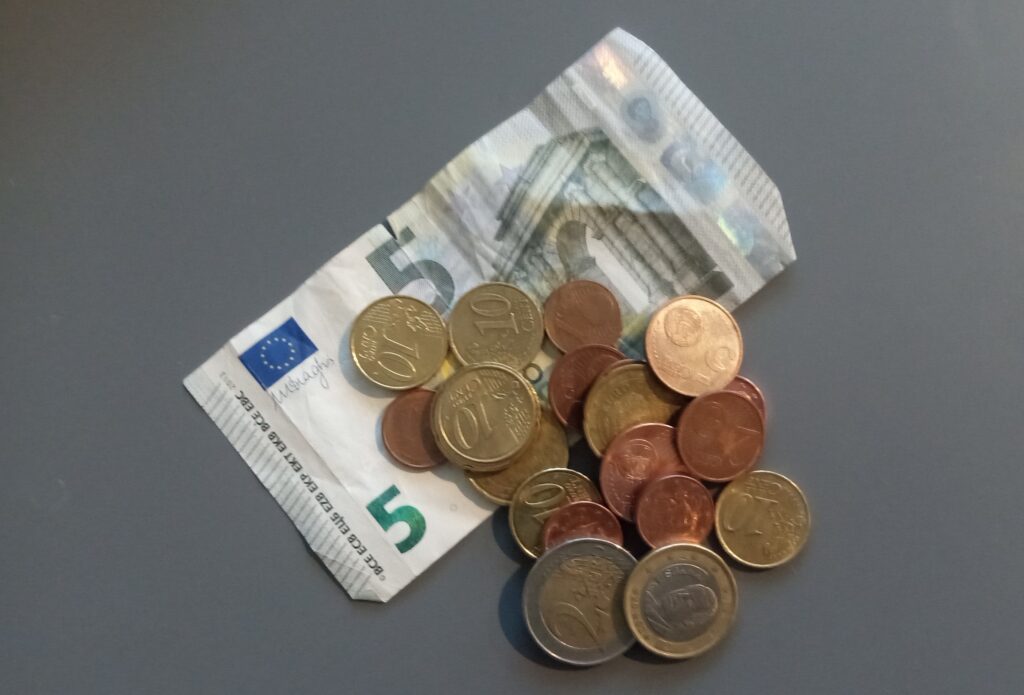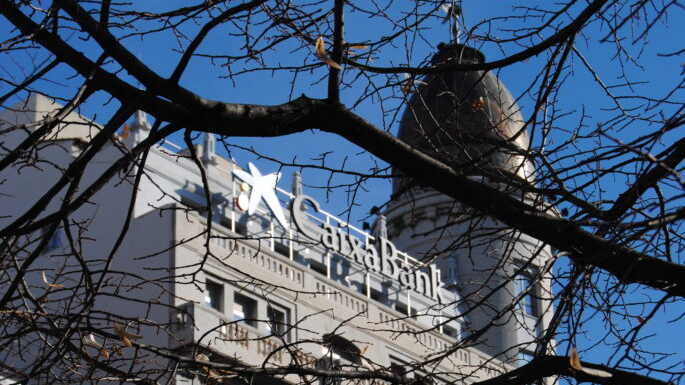
A common question I’ve been asked is, “How much does the Camino cost?”. And it’s a tough one to answer.
The cost of getting to the Camino depends on where you live. And that can range from dirt cheap if you’re in Europe to very expensive if you’re overseas. For example, I live in Vancouver, Canada and my flight to Madrid cost $1100 (CAD) in September 2024. Yikes! And it’s not looking good for 2025 either.
Another part of your transportation budget to consider is getting to your starting point on the Camino. Most people will fly into a big city. From there, trains or buses will go to the towns and cities along the Camino. For my Primitivo, I began my walk in Oviedo. From Madrid, I was able to take a direct train. It cost me under $40 (CAD). For my return to Madrid from Santiago de Compostela, I spent around $50 (CAD). I booked both trains well in advance to secure the cheapest fare. The Alsa bus also would have gotten me there for a few euros less.

Another substantial cost for your Camino will be your backpack, shoes and clothing. Invest in a proper backpack and shoes. Get them fitted and break them in. Expect to spend $250 – $350 on a good backpack. But, as you’ll see, it will be worth every penny. And you can get a good pair of shoes for under $200. I usually walk in trail runners and they’ve been perfect! Clothing can cost whatever you’d like it to cost. After a Camino, I never want to see those clothes again, so I don’t spend much. Thrift stores are a great place to pick up cheap Camino clothes.
And, don’t forget travel insurance. How much you pay will depend on your age and medical history.
So, you finally reach the Camino. Now what? How much will you spend each day? Again, there’s no clear answer. It depends.
Would you like to stay in albergues, private rooms or hotels? Do you prefer to eat at restaurants or shop at the local supermarket? Do you plan to carry your pack or have it transported? All of these factors will determine how much you spend on the Camino.
I spent roughly 40 – 55 euros per day, on my Caminos. You can spend less or more, it’s up to you. And, although things are getting more expensive on the Camino, I think that’s a fair budget to work with.
Budget Breakdown

The costs incurred along the Way are wide-ranging.
Most pilgrims spend their nights in albergues. Beds at donativos are by donation. Municipals cost around 6-8 euros. And privates are around 15 – 17 euros.
Others prefer to have their own space. Private rooms in albergues cost around 50 – 70 euros. Hotels can cost 85-100 euros. And places like the Paradores can cost hundreds of euros per night.
Shopping at the supermarket and cooking meals will save a lot of money. But I, like many, enjoy visiting a restaurant or staying at my albergue for a pilgrim’s menu.
So, you can see why I say, “It depends”!
Most people have a daily budget in mind. And from my experience, these are the general costs you can expect.
| Municipal Albergue | € 6-8 |
| Private room | € 50-70 |
| Bag Transport | € 5-7 (per stage) |
| Menú del día | € 10 – 18 |
| Café con leche | € 1.50 – 2.50 |
| A glass of beer or wine | € 2.50 – 4 |
| 1 tapa or bocadillo | € 1.50 – 3 |
| Laundry service | € 9 (for wash and dry) |
| Occasional misc (medication, first aid, taxi service etc.) | € 20 |
Aside from the basics, like food, shelter and wine, I also leave room for a few luxuries in my budget. Creature comforts are sometimes needed on the Camino, especially if you’re walking one of the longer routes.
For example, I don’t like hand-washing my clothes. So, I budget 10 euros for laundry service every four or five days. I also enjoy my own space. So, occasionally, I’ll splurge on a private room. Other friends like the ease of walking with only a day pack, so they have their bag transported.
Banking

Spain, Portugal, France and the rest of Europe operate on the Euro (€). As we all know, conversion rates fluctuate constantly. But in 2025, these are the general exchange rates you can expect:
🇨🇦 Canadian Dollar: 1.50
🇺🇸 US Dollar: 1.05
🇬🇧 British Pound: .83
🇦🇺 Australian Dollar: 1.66
Credit and debit cards are now ubiquitous along the Camino (much different than when I first walked). But some albergues, small shops and bars still only accept cash. So, it’s best to walk with euros at all times. However, in larger cities, credit cards are accepted pretty much everywhere. Foreign money will not be accepted at places along the Camino. But you can find currency exchanges at airports and in the major cities.
ATMs are widespread and they accept foreign bank cards. Check with your home bank to understand the fees and maximums associated with using your card abroad.
There are plenty of legitimate banks in Spain, and it’s safe to withdraw from their ATMs.
Some of the more common banks in Spain are Sabadell, Santander, Caixabank and BBVA. In France and Portugal, BNP Paribas and Caixa Geral de Depósitos are well-known banks.
They vary in what they will charge to withdraw cash as a foreigner. You can shop around to find the best rate. On my most recent Camino in 2024, I was not charged an additional fee at the Unicaja ATMs. I only paid the $5 fee from my home back in Canada.

TOP ATM TIP: Whenever possible, use ATMs during banking hours just in case your card gets eaten by a finicky machine. My card went adios at an ATM in Zaragoza! The staff helped me retrieve it. Always withdraw cash a few days before you run out. Some small towns may not have a bank machine. Withdraw a few hundred euros at a time to minimize fees. Store your cash in a money belt and wear it underneath your clothing to keep it safe.
Want to save some euros on your walk? Check out my article on 9 Ways to Save Money on the Camino.